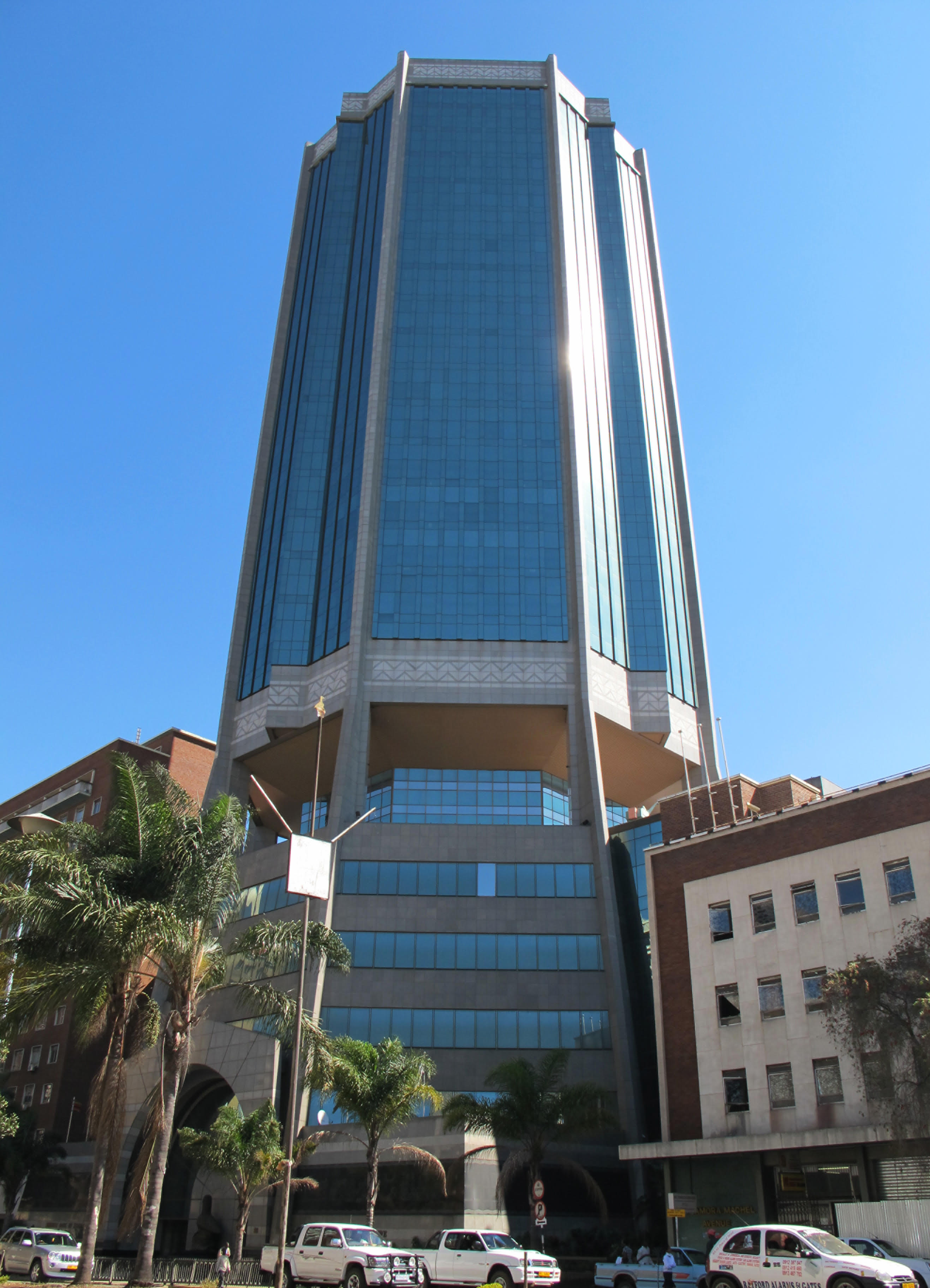The coronavirus crisis has hit Zimbabwe’s economy so hard that some industrialists foresee record economic contraction by the end of 2020 unless the pandemic is defeated in the next two months — which looks unlikely.
In his budget for 2020, Finance and Economic Development Minister Mthuli Ncube projected Zimbabwe’s gross domestic product (GDP) growth at 3 percent, but the disruption of the global supply chain — of imports and exports — due to COVID-19 has cast a shadow over hopes that Zimbabwe’s resource-based economy could realise Ncube’s forecast.
What are the projections for the key economic sectors after the COVID-19 pandemic?
Mining
The Chamber of Mines of Zimbabwe (COMZ) estimates that mineral production could plunge by 60 percent in the second quarter of 2020, with up to US$400 million in revenue being lost as companies reduce output due to supply chain and logistical disruptions caused by the pandemic.
Zimbabwe gets at least a third of its foreign currency income from mineral exports, mainly gold, platinum and chrome.
Tobacco
China normally buys most of Zimbabwe’s other major export — tobacco. However, there are fears in the industry that prices might be low due to little competition or even possible reduced demand from the Chinese buyers. The IMF has warned that the coronavirus may impact both prices and shipment of tobacco for this coming season.
Tourism
The tourism sector is another major foreign currency earner, generating just over US$1 billion from 2,5 million tourist arrivals recorded in 2018, according to the Zimbabwe Tourism Authority.
The freezing of both international and domestic travel will significantly impact tourism.
Tourism operators, including hotels in the prime resort of Victoria Falls, have recorded an 80 percent cancellation in bookings since the outbreak of Coronavirus and anticipate the cancellations will reach 90 percent for the year, according to the Hospitality Association of Zimbabwe (HAZ).
Manufacturing
A survey by the Confederation of Zimbabwe Industries (CZI) released on March 24 showed that 46% of local firms had their supply chains disrupted by the COVID-19 crisis. Before the pandemic, the CZI had projected industrial capacity utilisation to plunge to 27% in 2020, from 36.4% last year.
The Zimbabwe National Chamber of Commerce (ZNCC) says local businesses were struggling to import and export goods and facing problems to pay rentals, salaries and maintain operations.
Retail
Although there are no trade restrictions, the current travel bans over the coronavirus are affecting retail outlets which depend on individual traders to bring in some grocery items from South Africa.
Remittances
Funds sent home by Zimbabwe’s considerable non-resident population, based mostly in South Africa, the United Kingdom, USA and Australia, are a major source of foreign currency for the country. In 2019, remittances amounted to US$635.4 million, nearly 10% of the country’s total foreign currency receipts.
However, a combination of currency weakness in South Africa and the UK, as well as widespread job losses across the major economies of the world, is likely to force a decline in remittances.
Informal/Small-Scale Trade
With estimates that Zimbabwe has an 80 percent unemployment rate in the formal sector and that 60 percent of the economy is in the informal sector, the disruption in the supply of goods from China and neighbouring South Africa has put enormous pressure on the informal and small-scale traders.
The national lockdown ordered by the government on March 30 in the fight against the Coronavirus pandemic forced vending markets to close, and has disrupted the lives of many people who survive on hand-to-mouth trade across the country.
The government says it has allocated Z$200 million to help over one million vulnerable households with their basic needs each month over the next three months, and these would include vendors and traders from the informal markets.
Food Assistance
The 21-day national lockdown has also disrupted a critical food assistance programme in mostly rural Zimbabwe, and left government and international aid agencies attending only to the very desperate.
More than half the country’s 16 million people require food aid after two years of drought.
Sources: Chamber of Mines of Zimbabwe (COMZ) position paper to government on impact of Coronavirus; Hospitality Association of Zimbabwe (HAZ); Confederation of Zimbabwe Industries (CZI); Zimbabwe National Chamber of Commerce (ZNCC); Zimbabwe 2020 budget statement; Zimbabwe national statistics agency Zimstats.
Do you want to use our content? Click Here












